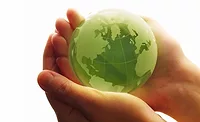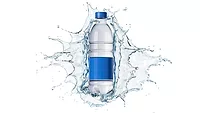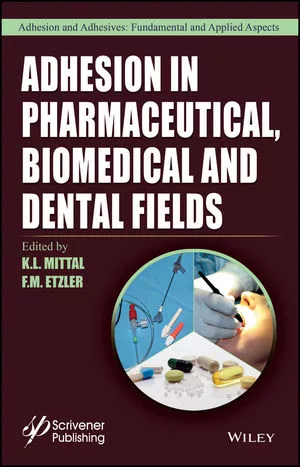H.B. Fuller Joins 4evergreen Alliance

H.B. Fuller Co. has joined the 4evergreen Alliance, a cross-industry alliance hosted by the Confederation of European Paper Industries (Cepi) to improve the circularity of fiber-based packaging. The initiative brings together a diverse network of around 90 organizations and stakeholders throughout the packaging value chain to push for innovation throughout the sector and develop robust, fact-based guidelines for the future of fiber-based packaging. The goal of the alliance is to raise the overall recycling rate of fiber-based packaging to 90% by 2030 and contribute to a climate neutral and sustainable society.
“This is both an exciting and challenging period for the packaging industry,” said Elizabeth Staab, H.B. Fuller global sustainability manager. “Collaboration throughout the supply chain is vital if we are to achieve changes that improve the world for this generation of consumers and beyond. Sustainability is a core pillar of our business strategy at H.B. Fuller, and we are joining the 4evergreen Alliance to expand collaboration with a variety of companies. We must ensure that we continue to invest in R&D projects that will deliver the scientist-designed adhesive products with the tailored high performance and low environmental impact needed to answer the challenges facing the fiber-based packaging industry both today and in the coming decades.”
A commitment to innovation and sustainability reportedly drives H.B. Fuller to prioritize technologies that fulfill increasing regulatory needs and consumer environmental awareness. In this case, adhesives are a very small and often unseen part of the final item of fiber-based packaging, and yet they are a key performance enabler. Fiber-based packaging is made of fibers that can have several lives by being kept in the recycling loop. During the life of that packaging, the adhesive maintains pack and brand integrity throughout the supply chain. Last, once it is discarded by the consumer into the correct recycling stream, adhesives continue to perform by ensuring the fibers can be recycled into new board and packaging of stickies.
“Being more sustainable can mean different things to different people,” Staab said. “It could mean easy to recycle. Or have a low carbon footprint. Or designed using circular economy principles. But most likely, it will be a combination of all these, in addition to complying with current and possible future regulations. The environmental challenges facing the world and the subsequent demand for low environmental impact products needs a multi-faceted and collaborative approach. There simply isn’t just one solution or one company with all the answers.”
For more information, visit www.hbfuller.com.
Looking for a reprint of this article?
From high-res PDFs to custom plaques, order your copy today!








